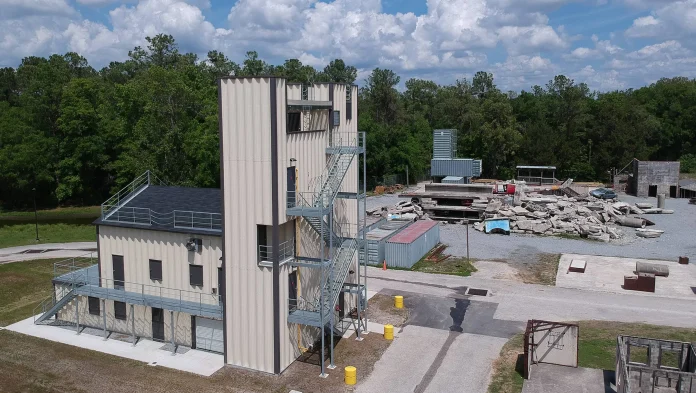In the world of emergency response, a singular truth emerges: an ounce of prevention is worth a pound of cure. While firefighters display remarkable heroics when combatting blazing infernos, the true victory lies in fires that never happen. The fulcrum of such success rests heavily on fire prevention and education. This proactive approach not only safeguards properties but, more significantly, saves countless lives.
Fire Safety Presentations: Powering Communities with Knowledge
The cornerstone of fire safety is awareness.
- Targeted Audiences: Educational institutions, businesses, and local community hubs form the core audience. Reaching diverse groups ensures a ripple effect of information dissemination.
- Content Focus: While these sessions emphasize the foundational knowledge of fire safety, they delve deeper. They explore the science of fires, how they spread, and the conditions they thrive in.
- Interactive Elements: Leveraging multimedia presentations, engaging quizzes, and demonstrative props, these sessions ensure information retention. This hands-on approach transforms passive listeners into active participants.
- Emergency Protocols: Highlighting the criticality of swift action, these sessions reiterate the need for robust emergency communication systems and rapid response protocols.
Fire Drills and Simulations: Preparing for the Unthinkable
There’s undeniable merit in rehearsing for emergencies.
- Scheduled Drills: Mandated by many local jurisdictions, these drills play a pivotal role in institutions like schools, office buildings, and residential complexes. By regularly rehearsing evacuation plans, occupants transform theoretical knowledge into practical action.
- Simulated Scenarios: More intensive than standard drills, simulations often recreate potential fire scenarios. Utilizing smoke-filled rooms or simulating electrical fires, these drills stress-test the preparedness of participants.
- Feedback Loops: An often overlooked but crucial element is the feedback post-drill. Analyses of evacuation speed, bottleneck areas, and potential confusion points lead to iterative improvements.
Building Inspections and Fire Code Enforcement: The Unsung Heroes of Fire Safety
Building resilience starts at the foundation.
- Routine and Surprise Inspections: While many inspections are scheduled, surprise checks ensure compliance isn’t just periodic. Consistent adherence to safety codes is critical.
- Pinpointing Risks: An inspector’s trained eye can spot risks an untrained person might miss. This includes overloaded electrical circuits, flammable materials stored incorrectly, or inadequate ventilation.
- Rigorous Code Enforcement: Fire safety codes evolve based on new research and past incidents. Keeping buildings compliant requires vigilance, and penalties for non-adherence are strict. It’s not merely bureaucratic; it’s a matter of life and death.
- Stakeholder Education: Property owners, construction companies, and local authorities often engage in workshops. These collaborative efforts streamline understanding and adherence to updated fire safety norms.
Public Outreach Programs: Engaging the Pulse of the Community
Empowerment at the grassroots level amplifies fire safety efforts.
- Localized Workshops: Customized to address the unique risks of different neighborhoods, these workshops focus on region-specific threats. For example, a locality prone to wildfires would have specialized training.
- Media-Driven Campaigns: Using local television, radio, and digital platforms, fire departments often run public service announcements, especially during high-risk seasons.
- Innovative Educational Tools: The younger generation is tech-savvy. Interactive online platforms, mobile apps with gamified fire safety quizzes, and virtual reality-based fire scenarios engage them effectively.
- Community Collaborations: Fire departments actively collaborate with community leaders, influencers, and local celebrities. Such partnerships amplify the reach of safety campaigns, making them more impactful.
Conclusion
The relentless pursuit of fire prevention and education marks the distinction between reactive responses and proactive protection. By integrating rigorous training, widespread public outreach, and strict code enforcement, communities stand fortified against potential fire threats. The task is mammoth, the stakes are high, but the reward — a safe, well-informed community — is immeasurable. The real heroes often aren’t just those who douse the flames, but those who ensure they never ignite.
Dedicated firefighters know the importance of ongoing education. The Florida fire college serves as a hub for numerous courses that can elevate their skills, ranging from basic training to advanced rescue operations.
